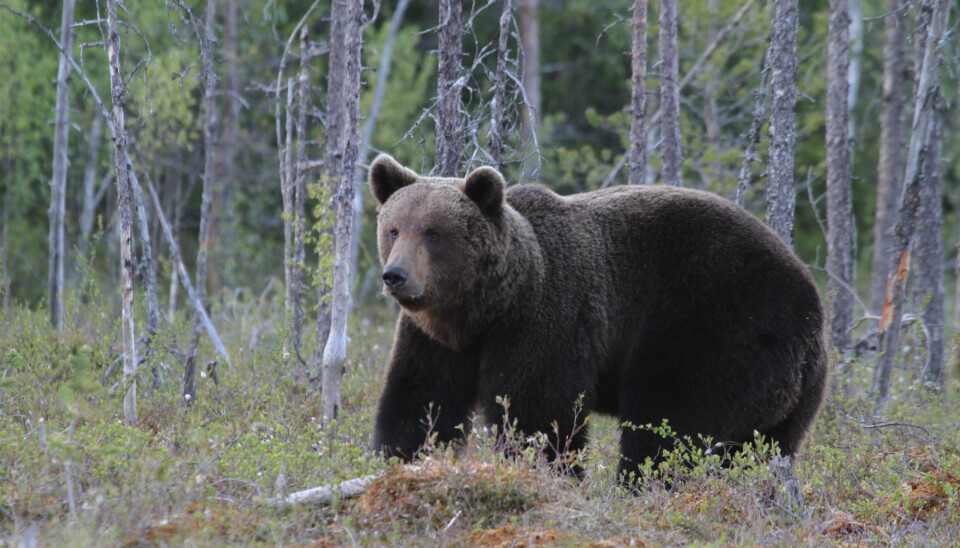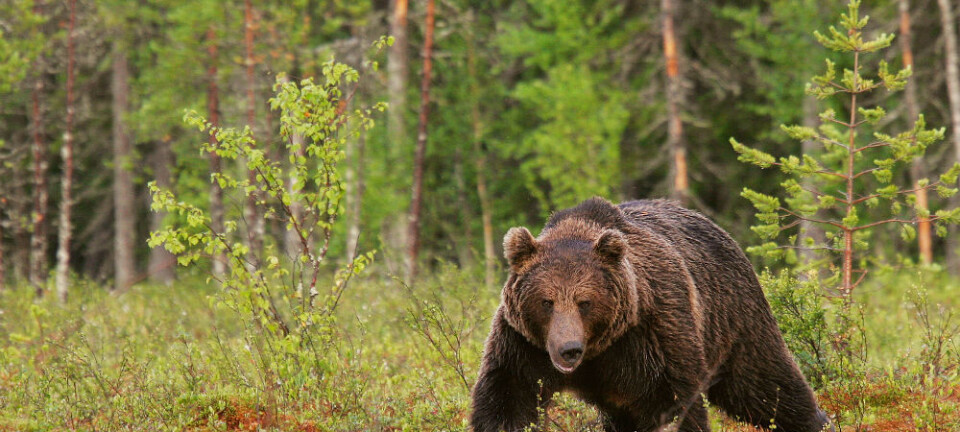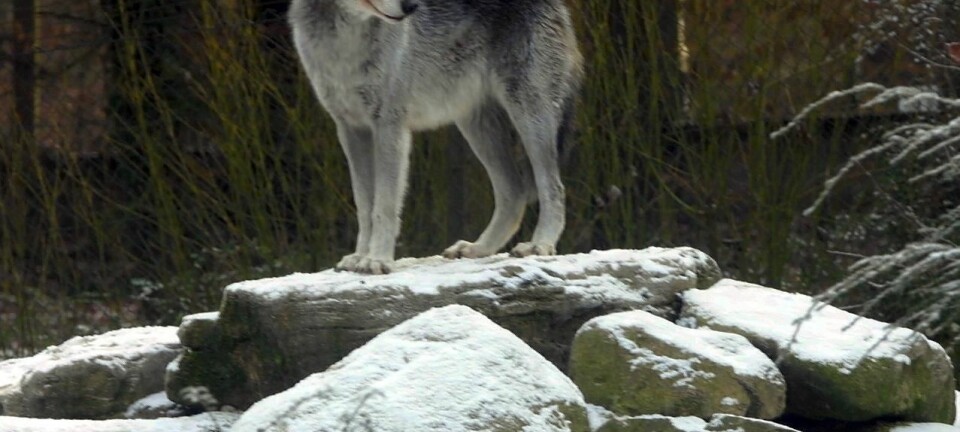This article was produced and financed by NINA - Norwegian Institute for Nature Research

Europe's bears and wolves are back
And they coexist alongside humans.
Denne artikkelen er over ti år gammel og kan inneholde utdatert informasjon.
At last we have a refreshingly positive story of a continental scale conservation success. It concerns the recovery of large carnivores, brown bears, wolves, Eurasian lynx and wolverines, in Europe’s multiuse landscapes.
Depressing history
The history of large carnivore populations in Europe is a depressing story from a conservation perspective. The species were heavily persecuted and suffered from the loss of their forest habitats and their wild ungulate prey.
By the early 20th century, they had been exterminated from most of Europe, with relict populations maintaining a precarious hold on the southern, eastern and northern edges of the continent, and in some of the wilder mountainous areas. Many people associate these species with wilderness and there are few who would have suspected that a crowded and heavily developed continent like Europe would offer the potential for their recovery.
Very adaptable
However, these species are very adaptable.

In the last two years, a team of 76 researchers from 26 countries coordinated by the IUCN's Large Carnivore Initiative for Europe has summarized the status of the four large carnivores – brown bears, Eurasian lynx, wolf and wolverine – across the European continent.
The results of this review have been written up by Guillaume Chapron from the Swedish University of Agricultural Sciences and published in the journal Science.
The results of this continental-scale survey indicate that approximately one third of Europe (1.5 million km2) is presently occupied by at least one of these large carnivores, with at least three species occurring together over almost 600,000 km2. Most of the populations are currently showing either a positive or stable trend, and the present situation differs dramatically from the mid 20th century.
Wolverines most restricted
There are currently 17,000 bears across 485,000 km2, 12,000 wolves across 798,000 km2 and 9,000 lynx across 813,000 km2.
Wolverines are the most restricted species, with only around 1250 individuals living in 248,000 km2 of Scandinavia and Finland.
Among humans
For wolves, bears and lynx at least – all populations are sharing space with high-density human populations in fragmented landscapes that are heavily exploited for a diversity of uses.
Many factors have contributed to this spectacular recovery, including the recovery of Europe's forests (as habitat) and wild ungulate populations (as prey) during the 20th century, the introduction of favourable legislation at regional, national and European levels, and the widespread development of strong institutions within forest, wildlife and nature management.
The present situation destroys the myth that these species require wilderness to survive and thrive. Which is good news for their conservation in Europe given the relative absence of wilderness. If large carnivores can thrive in the modern European landscape then it should be possible for a lot of biodiversity to persist.
Therefore, the case of large carnivores is a powerful demonstration for the potential of a land-sharing strategy where biodiversity conservation occurs in the same landscapes that people use for living, working and recreation.
Not occurred without conflict
However, the return of large carnivores has not occurred without conflict. Many of the original reasons for human antagonism towards these species, such as their depredation on livestock, are resuming.
Furthermore, species like wolves have been coopted as powerful symbols for wider tensions between rural and urban areas. Failure to address these conflicts could endanger the continuation of this conservation success story.
Finally, while the general picture is positive, there are some small populations of bears and Eurasian lynx that remain critically small and highly endangered. Reversing the trend for these small populations, and fostering the further recovery of the larger populations is going to require extensive dialogue with a diversity of stakeholders, coordination between many different sectors such as environment, agriculture, forestry, transport and energy, and transboundary cooperation between all European states.
---------
Read the Norwegian version of this article at forskning.no
Further information on large carnivores in Europe can be found at www.lcie.org and http://ec.europa.eu/environment/nature/conservation/species/carnivores/index_en.htm

































